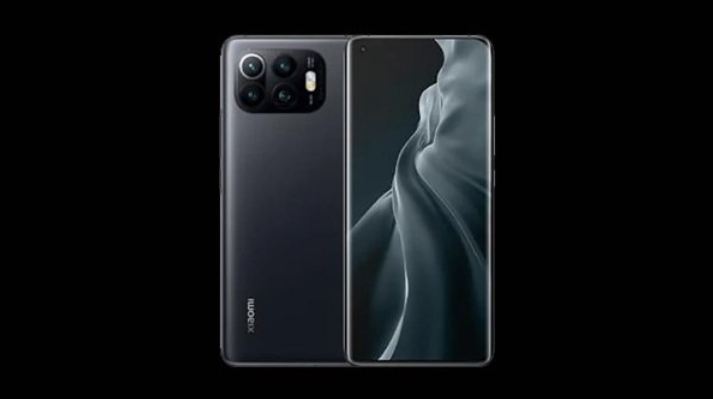Astronomers have just thrown a cosmic wrench into our tidy models of galaxy formation, thanks to a jaw-dropping discovery: a galaxy with not one, not two, but three concentric rings. Imagine a celestial bull’s-eye floating 800 million light-years away! This one-of-a-kind marvel, spotted by Japan’s Subaru Telescope on Hawaii’s Mauna Kea, has scientists scratching their heads and questioning the long-standing Hubble sequence, which classifies galaxies into just four main types. This is more than a pretty picture – it’s a glimpse into a mystery that could reshape our understanding of how galaxies evolve and interact.
The Hubble Sequence and the Galactic Outlier
Let’s start with a refresher on the Hubble sequence, the trusty framework astronomers have leaned on for decades to categorize galaxies. It divides galaxies into elliptical, lenticular, spiral, and irregular shapes, each with predictable characteristics. For example, elliptical galaxies resemble smooth, featureless ovals, while spirals, like our own Milky Way, sport swirling arms of stars and gas. Lenticular galaxies are flatter, with a bulge in the middle, and irregular ones – as their name implies – defy easy classification with their scattered structures. Ring galaxies, though, are a rule-breaking anomaly, already challenging the Hubble sequence’s tidy categories. But a triple-ring galaxy? That’s a whole new level of bewilderment.
A Closer Look at the Cosmic Wonder
This triple-ring galaxy, roughly 800 million light-years away, was captured in striking detail by Subaru’s powerful optics. Unlike typical galaxies, this one sports three distinct, perfectly formed rings surrounding its core, giving it the appearance of an interstellar target. According to researchers from the National Astronomical Observatory of Japan, it’s incredibly rare for any galaxy to have even one ring. Galaxies that exhibit this type of structure are unusual enough that many scientists have only seen a handful in their careers. And while single-ring galaxies are thought to form primarily through violent galactic collisions, the formation of triple-ring systems remains a complete enigma.
Could Collisions Be the Key?
One popular theory proposes that ring galaxies form when one galaxy crashes into another. Imagine a stone splashing into a pond: the ripples that form are like waves of gas and dust radiating from the point of impact, creating a ring around the galaxy’s core. It’s a dynamic, chaotic process, requiring just the right combination of gravitational forces, speed, and angle. In theory, a subsequent or continuous collision could generate additional rings. But this triple-ring galaxy presents an even greater challenge to the collision theory – was it formed through one massive collision, or could it have experienced multiple events, each adding a new ring?
The science community is abuzz with questions. If collisions alone explain this galaxy, why don’t we see more triple-ring structures? Did this galaxy have a particularly busy neighborhood, with one collision after another stacking up rings like tree rings in a forest? Some astronomers think there may be additional factors at play that go beyond what we currently understand about cosmic collisions.
A Hypnotic Dance of Resonance?
Another theory suggests that resonance phenomena could be at work. Resonance occurs when the gas within a galaxy begins to congregate at specific distances from the center due to gravitational influences, forming ring-like structures. Essentially, it’s like the galaxy has its own rhythm, and under certain conditions, it could “dance” itself into multiple rings. This natural pattern could theoretically produce a ring or even several, though triple rings still stretch the imagination. If resonance is behind this discovery, it could offer new insights into how galaxies behave and interact with the gravitational forces within them.
Citizen Science Project Galaxy Cruise to the Rescue
Interestingly, this discovery comes courtesy of a citizen science initiative called Galaxy Cruise, where volunteers help astronomers classify the vast amount of data captured by Subaru. The project is designed to identify and categorize unusual celestial objects – and it’s safe to say that they hit the jackpot with this one. Projects like Galaxy Cruise not only provide valuable data but also highlight how much more there is to discover and understand in our universe. In fact, discoveries like this triple-ring galaxy prove just how vital citizen science projects are in pushing the boundaries of knowledge.
Astronomers now have a challenging task ahead: deciphering exactly how this triple-ring galaxy came to be. In an era where telescopes like the James Webb and Subaru are peering further and clearer into the cosmos, oddities like this push us to revisit and refine our theories. Will we one day look back on the Hubble sequence as just a starting point? Could our cosmic maps and models require a significant update to include the likes of triple-ring galaxies?
In the meantime, this discovery is a stellar reminder of how vast and mysterious our universe remains. It’s a bit like trying to solve a jigsaw puzzle where new pieces are still being discovered – and each piece is stranger than the last. The next time you look up at the night sky, remember that out there, beyond the stars we know, lies a cosmic bull’s-eye, quietly challenging everything we thought we understood about the universe.











Leave a Reply